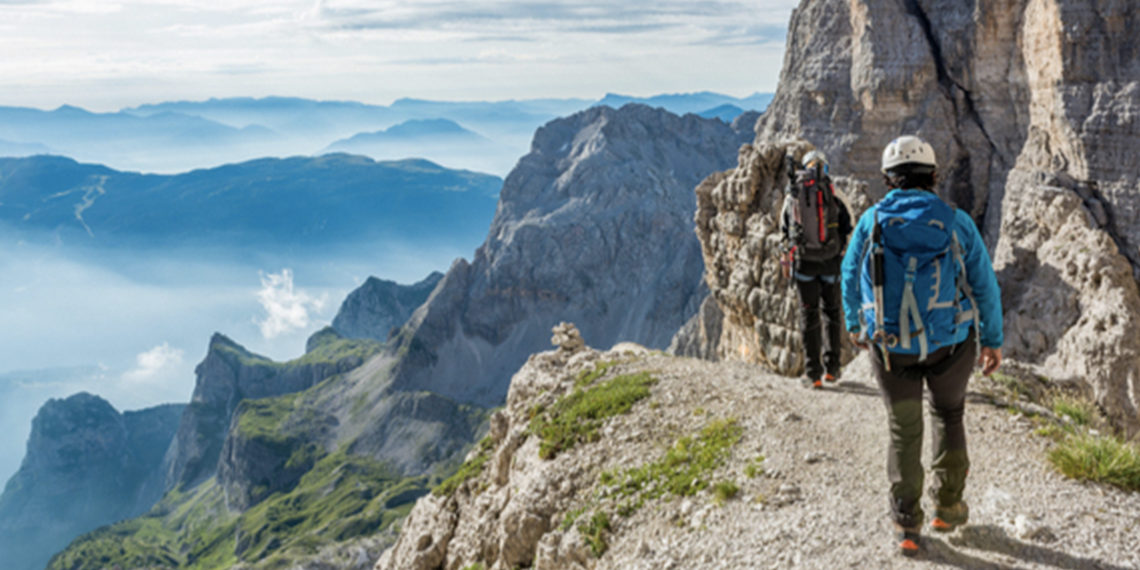People come from all over the world to tackle the greats – Everest, Whitney, Rainier, Kilimanjaro, and other summits worthy of making every mountaineer’s bucket list.
As one of the world’s most iconic peaks and most popular routes, an astonishing 35,000-50,000 people attempt to climb Mount Kilimanjaro annually. And while only 800 people strive to reach Mount Everest’s summit each year, the mountain sees about 36,000 visitors annually.
Climbers who take the fast route on Kilimanjaro typically reach the summit between five and nine days while most Everest expeditions take two months to complete.
When you add up all those visitors who swamp the mountain and the amount of time they spend there to complete an exhibition, it shouldn’t come as a shock that 28,000 pounds of human waste were collected from the Everest base camp just last year.
The problem begins with one climber thinking that burying their waste doesn’t make a significant impact. But what if each of the tens of thousands of mountain visitors assumed the same?
Don’t Abandon Your Poop while Climbing
For years, people thought it was enough to bury their waste in the mountains, assuming nature would take care of it; but over time, scientists discovered that because of rising temperatures with the seasons, the bacteria in said poop remained biologically active. Human waste that was left over the years surfaced as the ice began to thaw.
The tons of human waste people deposit or abandon in the mountains contain chemicals, pharmaceuticals and resistant strains of bacteria, causing significant damage to the environment. And with the ice melting, all the accumulated wastes and their hazardous germs were making their way down the mountain and closer to the people.
As the waste problem impacting the health and safety of mountain visitors surfaced; scientists, government agencies, environmentalists, mountaineers, exhibition guides, and nature-lovers are rallying for people to stop leaving their bags of poop in mountain crevices or burying them in the ground.
Solve the Problem by Carrying Restop on All Major Climbs
To preserve the beauty of nature for generations, all visitors and climbers should commit to leaving zero trace of their adventure, including poops. The responsible way to pee or poop on a major climb is to go in Restop’s waste bag and carry it until they find a designated trash bin.
All Restop portable waste bags utilize ‘Waste Alleviation and Gelling’ (WAG) technology. Restop Waste Bags use a patented gas-impervious “bag within a bag” design to safely contain and neutralize poop. Meaning no smells and landfill-friendly.
Restop’s waste bags are puncture-resistant and leak-free, safe to roll up for storage with the rest of your gear. Restop waste bags come packaged to withstand travel and exposure to the elements without being damaged.
You don’t have to worry about whether the bag’s gelling and odor-deodorizing polymers and enzymes will still work despite the extreme cold.



